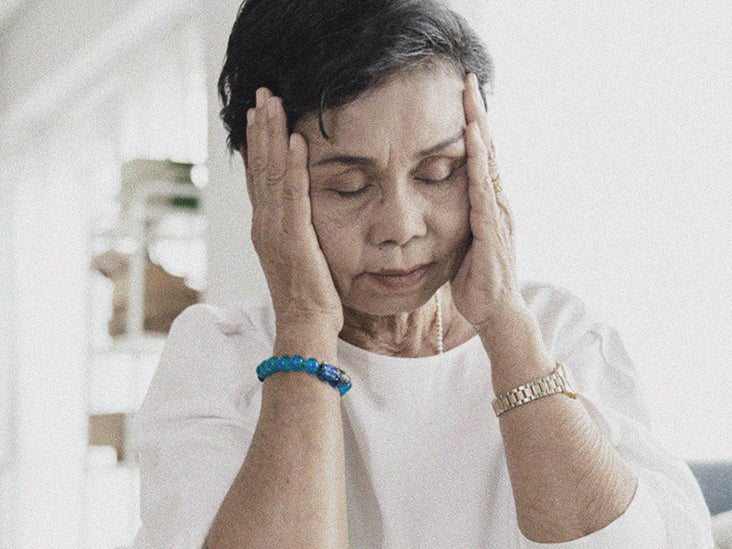Can rheumatoid arthritis cause hot flushes and sweating? - Medical News Today

Some people with rheumatoid arthritis (RA) report hot flushes and sweating. It is unclear whether RA causes these. They could result from other symptoms or causes, such as menopause.
In this article, we discuss whether RA can cause hot flushes and possible ways to deal with them.
In some cases, hot flushes may be the result of other RA symptoms.
Inflammation in the joints can cause the area to feel warm. This inflammation might affect one or multiple joints. The sensation of having several warm joints at once may feel similar to a hot flush.
RA may also cause
The risk of RA increases with age, and females are
Hot flushes, often called hot flashes in menopause, are the
In some people, it is possible that symptoms of RA and menopause might occur together.
RA causes tissue in the joints to wear away if the inflammation in one or multiple joints around the body is not under control. The condition
Symptoms of RA include:
There is currently no cure for RA. However, numerous treatments are available for managing the condition. Treatment
Doctors aim to provide intensive treatment as early as possible and keep tight control of the condition.
Treatments for RA may include a variety of medications, such as nonsteroidal anti-inflammatory drugs.
In some cases, doctors may prescribe corticosteroids. These can be injections straight into the joint, or they can have an oral form serving as a bridge until more targeted medications take effect. Corticosteroids are a short-term option, because they can produce
Disease-modifying antirheumatic drugs (DMARDs) are the primary medication for RA. They aim to slow the progression of RA by interacting with the immune system.
Doctors may add tumor necrosis factor-alpha inhibitors to the DMARDs if disease activity is not under control. This group of medications, called biologics, also prevent inflammation in the body.
Doctors may also recommend some strategies to manage symptoms. Eating a healthful and balanced diet, trying to manage stress, and regularly exercising are important in keeping joints healthy.
People with overweight may benefit from reaching a moderate weight to help with symptoms. Heat and cold packs may also help reduce inflammation in the joints.
How to manage hot flushes
Treating RA may help with hot flushes. For example, medications that reduce inflammation across multiple joints may reduce the sensation of hot flushes.
According to the
- dressing in easily removable layers
- carrying a portable fan
- avoiding alcohol and caffeine
- quitting smoking
- maintaining a moderate weight
- practicing yoga
- practicing relaxation techniques
There are also medications that can bring relief, including low doses of some antidepressants.
People can also take hormonal treatments during menopause. These help steady estrogen and progesterone levels. However, they may also increase the risk of heart attack and other serious conditions.
Hot flushes are a common symptom of menopause. That said, they may also be a result of:
- fever
- thyroid problems
- stress
- cancer
- consuming spicy foods or hot drinks
- hormonal problems
- anxiety
- allergic reactions
It is worth contacting a doctor for any signs of RA or menopause. A doctor will help determine the cause of symptoms and suggest options to best deal with them.
In some cases, hot flushes may be nothing to worry about, and they may go away on their own. However, it is still worth consulting a doctor if the hot flushes are causing problems, such as difficulty sleeping.
RA is an autoimmune condition that does not usually cause hot flushes. However, some people with RA do report experiencing them. This could be due to some symptoms of RA or another cause, such as menopause.
Treating RA symptoms may help with hot flushes. A person may also consider other treatment options for hot flushes, such as making dietary changes, managing stress, and exercising regularly.



Comments
Post a Comment